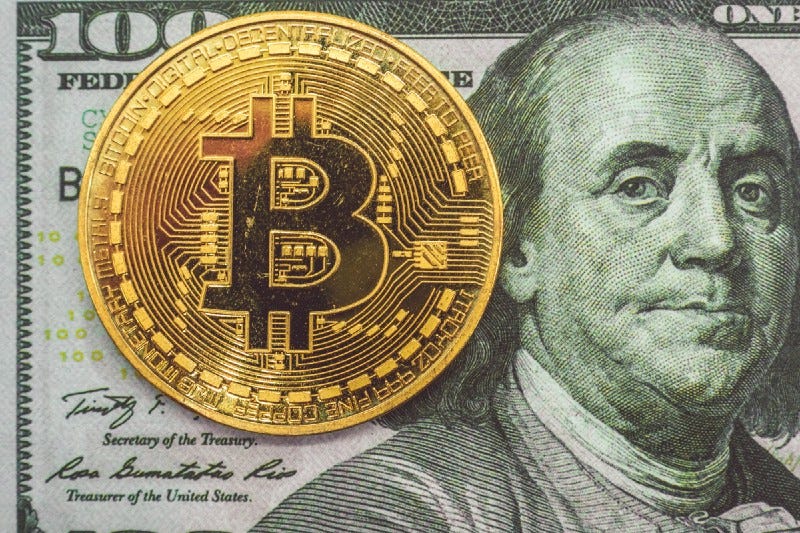I'd Rather Be Dumb And Antifragile, Than Smart And Fragile
We live exposed to a world full of uncertainty from which we can draw strength.

The markets are currently marked by uncertainty: rate hikes, tapering, inflation, the war in Ukraine, etc.
These last few weeks have been marked by colossal volatility and high volume in the major indices.
A few whales are starting to load up their hedge portfolio. We know this because the CBOE Index Put/Call Ratio is at last year’s lows.
Uncertainty
Markets are marked by uncertainty and irrationality in the short term, and that is why it is necessary to have an asymmetric portfolio that benefits from the uncertain. This principle of antifragility allows us to face the unknown, do things often without understanding them, and do them well.
Taleb has consistently argued that even when we use antifragility, we are better than when we think, and he is not wrong.
But what is antifragility? Antifragility is an event by which a system becomes more robust to stressors. When we look for the opposite of fragile, we find terms like robust, but robust does not become …
